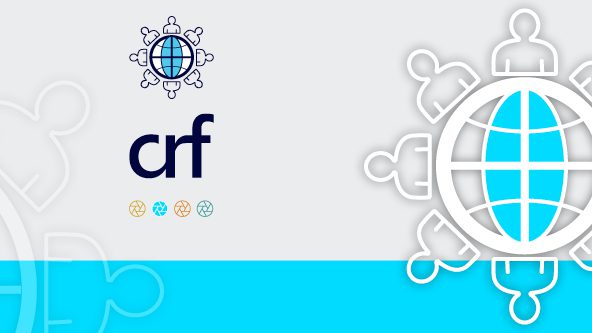Organisational Change
Blog: Why Attitudes Matter More Than Processes
The concept of the HR Business Partner has been around since Dave Ulrich’s work in the mid-90s. It has been fundamental to shifting HR from being a purely administrative cost saving function to becoming a value adding function focused on creating the capability of an organisation to deliver its strategy. However many organisations have struggled not just with making business partnering work, but with making the whole model with its three legs work:
- HRBPs, who are embedded in the business translating business needs into HR actions
- Centres of Excellence, specialised areas such as reward, employee relations, learning and development, talent management, OD, staffing, diversity, and workforce planning, which develop and introduce strategic HR initiatives
- Shared Services, which manage routine processes effectively and efficiently.
The underlying problem is the model has within it several inherent paradoxes:
| Investing in long-term strategic capabilities and talent | vs | Keeping admin costs low |
| Creating a single employee experience | vs | Dealing with local employee relations issues |
| Applying higher level strategic HR skills | vs | Delivering against local tactical needs |
| Driving a central HR agenda | vs | Dealing with differing local realities |
| Being part of one central HR team | vs | Reporting to local businesses |
| Creating a harmonious single HR team | vs | Being loyal to one element of HR (ER, L&D etc.) |
| Operating in a central function | vs | Maintaining contact with the business reality |
| Allowing a focus on, and the development, of deep HR skills | vs | Maintaining wider generalist and commercial skills |
Many organisations have tried to overcome these paradoxes with formal processes (hand off protocols, roles and responsibilities etc) but this misses the point. They are paradoxes so there aren’t answers, if there were they wouldn’t be paradoxes! Research shows that the organisations who have made it work have focused on several things especially framing HR as a single team focused on the business rather than separate functions within HR fighting for airtime and budget. Underpinning this is an HR Leadership Team that doesn’t represent their part of the model, but which works together to deliver value to all its stakeholders.
On the HRBP programme we will explore the most fundamental finding of the research that it is the attitudes of the people, their ability to build trust and collaboration, to listen without judging, to respect each other’s roles and expertise and a willingness to fight for what is right not for one’s own ego, that is the core of effective HR. We will explore the 15 attitudes and what they mean for everyone. As a taster let us share two of them:

To the left is the more traditional easy approach to HR. To the right are the attitudes that underpin effective strategic HR. If you are interested in exploring all 15 attitudes, where you sit on the continuum and diving more deeply into how to build your impact and credibility, then sign up for CRF Learning’s HRBP Business Catalyst course.





